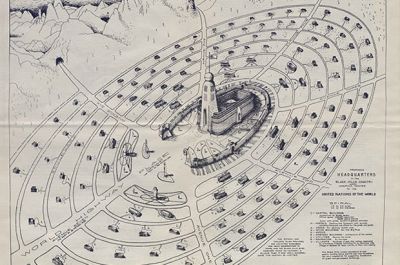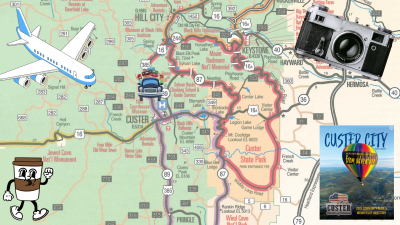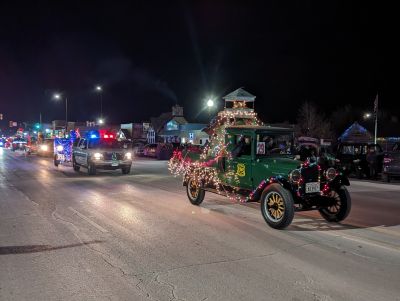| John D. Rockefeller Saved the Black Hills from the United Nations June 1, 2020  Yup, John D. is the reason that the Black Hills are still here. But first, a couple trips back a bit in history. [Christopher Klein, October, 2014 Philip, SD, written by Joy Keve Hauk | BRIDGES OF CUSTER COUNTY March 27, 2024 Groundhog Day! Written by Andrea Spaans February 1, 2024  Plan for Vacation Day Written by National Day Calendar January 29, 2024  Christmas Lights December 20, 2023 Holidays in the Hills November 22, 2023  |

|
||||
|
|
||||





